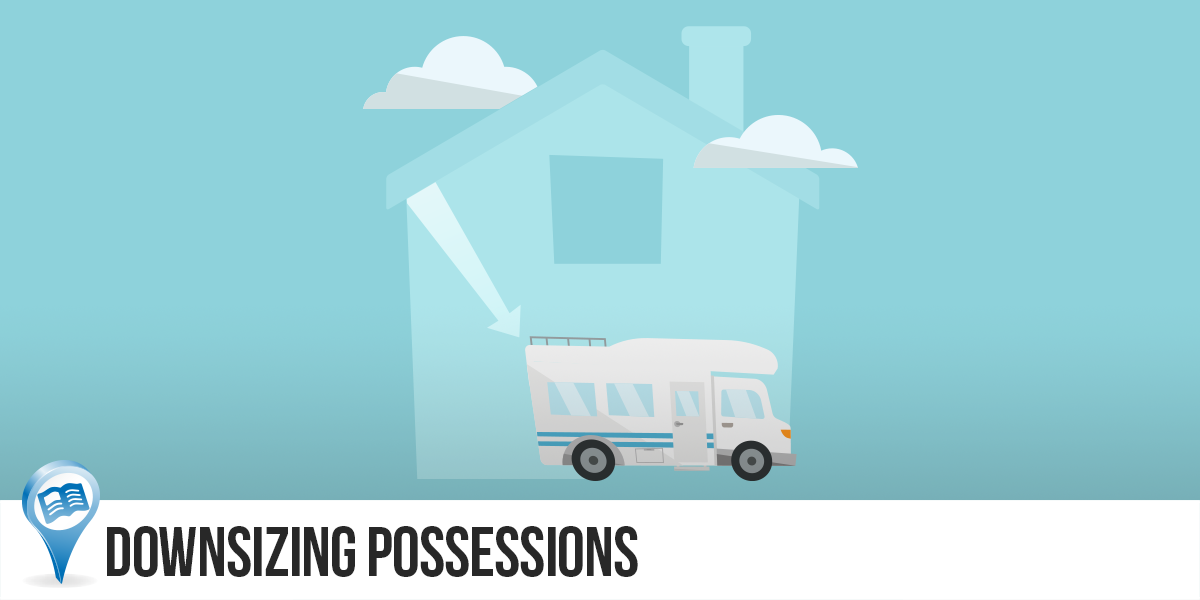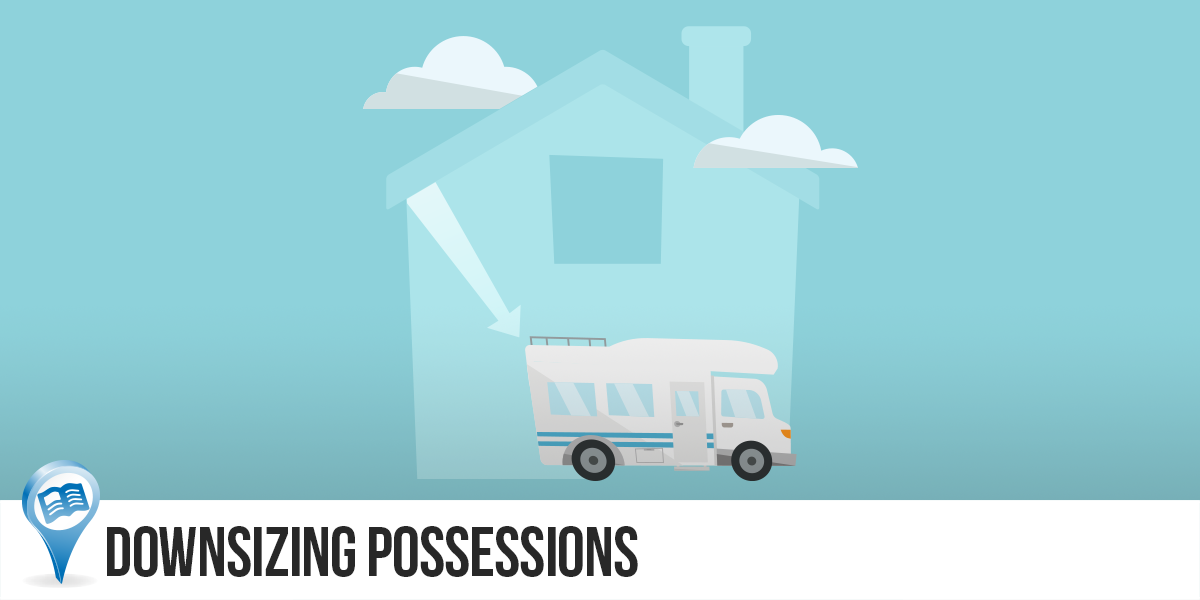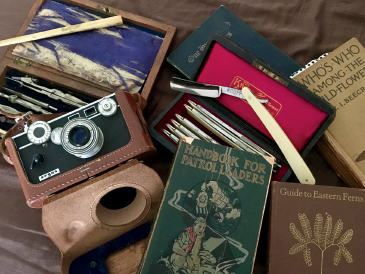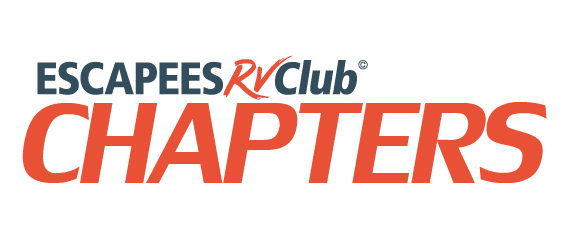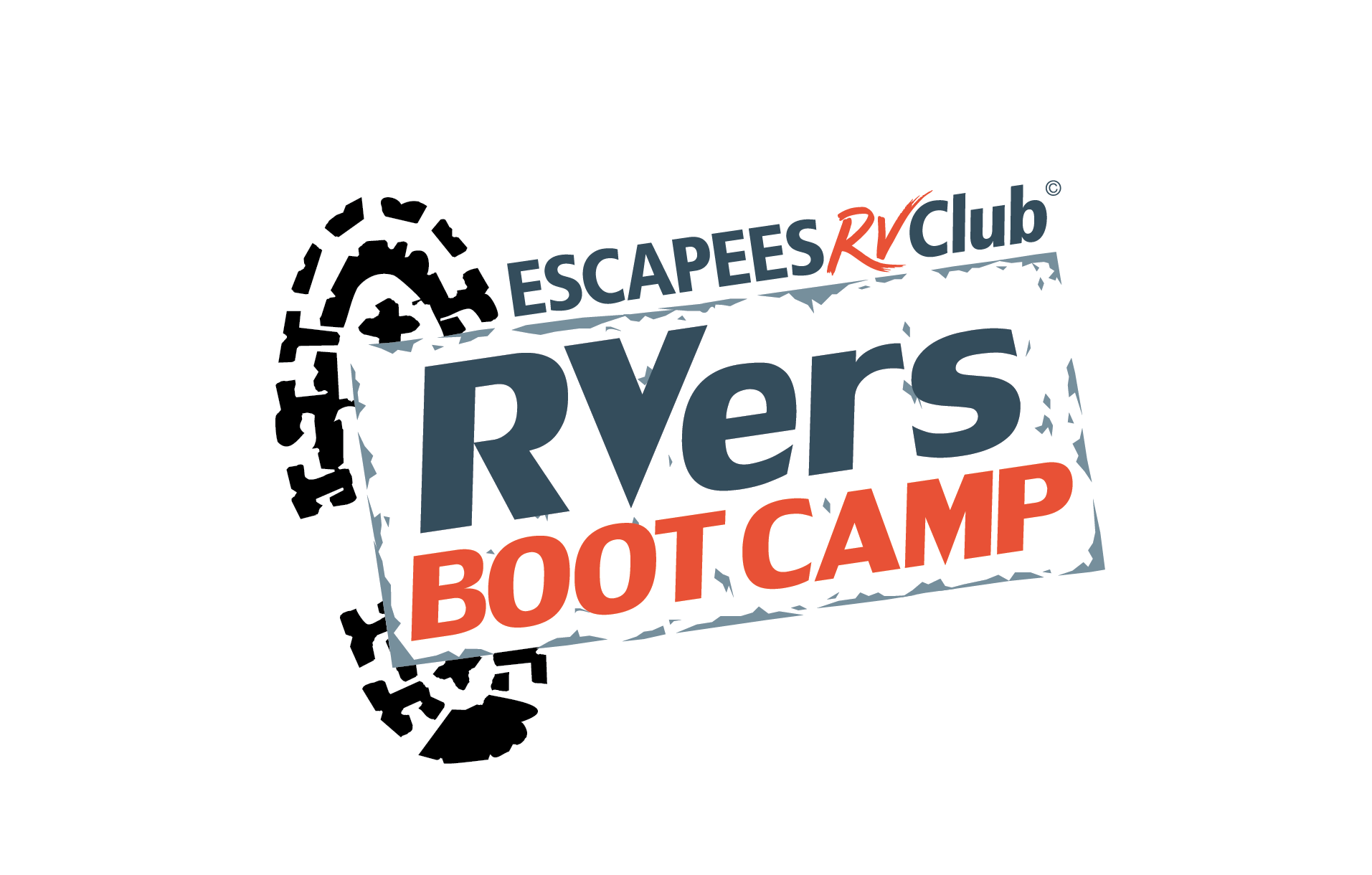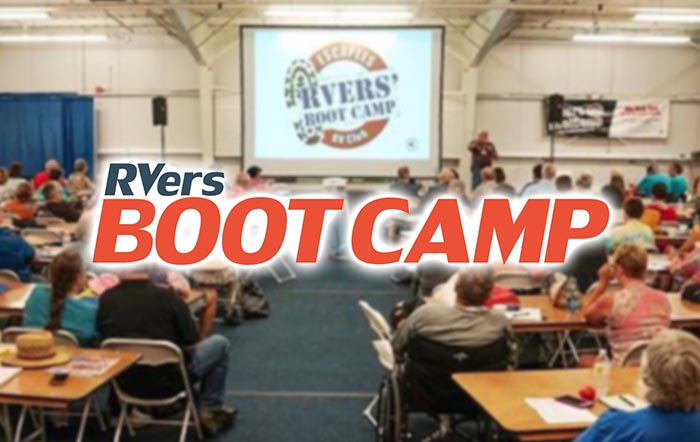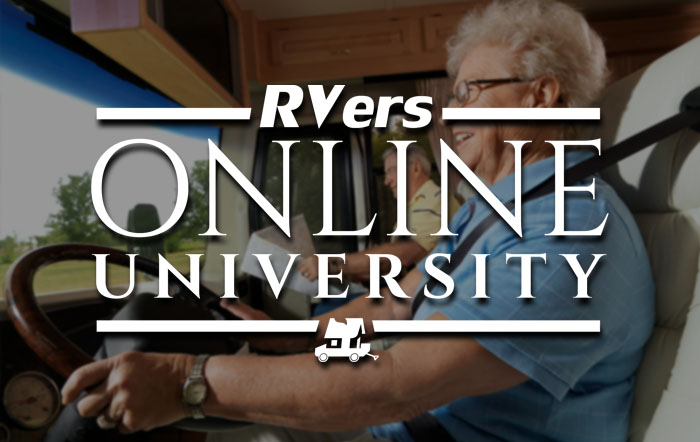By John F. Rowan #122092
My wife, Yvette, and I decided to sell our home and most of our belongings in order to travel by RV full time. As expected, we had to begin the downsizing process.
We moved from a 1,700-square-foot home to a 900-square-foot condominium. Then, we moved out of our condominium and into our 100-square-foot Tiger Adventure vehicle. Even though we thinned out our possessions and necessities during the first move, we found ourselves having to do it again before living in our new RV.
One of the hardest tasks for me during the entire process was letting go. I had to let go and thin out possessions I no longer needed or could no longer practically keep because of our new simplified life. I dreaded going through all of those “things,” and two areas proved to be most difficult.
Practical Items
First, there were more practical items. I had finally reached a time when I had collected enough tools to make any necessary repairs, as well as having raw materials on hand such as wood. What to do with these items was easy to figure out. Those decisions were like the block diagrams you see for troubleshooting. “Can you still use this item, yes or no?” If yes, go this way. If no, go that way. If I couldn’t sell it, I either gave it away, threw it away or, on those rare occasions, resorted to storing it. However, this was not so easy for the more personal items.
Personal Items
Personal or sentimental items, such as photos and letters, were the hardest for me to let go. The task of downsizing these items was made more difficult because I have no living brothers, sisters or parents. Those items that belonged to my father and items that belonged to my stepfather are stuck in limbo because there are few relatives that are living on their side of the family tree. The decision to save item or throw them away hinged on my ability to discover, seek out and then locate distant family members. Through the process, my method evolved into what I think worked well.
For instance, eliminating some of my father’s items was easy. A dry-cleaning receipt from 1967—whoosh, right in the trash! A postcard of the Poconos during a time when gas was 15 cents a gallon—same fate as the dry-cleaning slip. But, the pair of sterling silver hair brushes? I actually watched him use those. I tried selling them without success. Throw them out? No way! I mean really, who would toss something like that in a dumpster? Did I mention the letter “R” was monogrammed on them? What are you supposed to do with a 12-place monogrammed sterling silverware set? I’ve never seen so much monogramming.
Another “treasure” was an ivory cigarette holder that was about as old as the hair brushes, my mother’s Argus 35mm camera, her fur coat—and on and on. My strategy with these items was to decide whether I wanted to give away, sell, store or throw them out. Sometimes it was easier to think of someone who might appreciate the item and simply give it away. This form of “adoption” helped not only my guilt level, but it also eliminated the task of researching worth and value if I had to sell the item. Try selling or giving away a fur coat. It’s not so easy.
Photos
Then there were the hundreds of photographs and slides. In fact, there were so many that it would be easier to describe their amount by weight.
Fortunately, I found a logical method in dealing with photos. First, I converted all the slides I wanted to save to digital files. I saved the files directly to an online photo storage account and thumb drive. Then, when each slide was saved, the original went into the trash. The family photos and some family slides were handled in a way that I think was my single largest success during my archiving battle.
Having an Ancestry.com account was a huge help. During the sorting process, if a slide or photo included a family member, I would scan it, save it and then upload the image to the appropriate family member’s profile in Ancestry.com. A photo or slide with multiple family members can easily be shared within the account by tagging and sharing the photo with other family members’ profiles, thus cutting down on any repetition during uploading. A description could then be added to each of the photos and, if there were multiple family members in the photo, that description follows the photo throughout the family tree, as long as it has been tagged.
Once a photo was scanned and uploaded, into the trash the original would go. The bonus here is that other family members can log into the account and share in the experience. Other photos that were not family-related, I simply either threw away or scanned and uploaded into my Flickr (www.flickr.com) account. As a backup, I added a family category in my Flickr account that holds all the photos that I uploaded into the Ancestry account. There are also services available for those who would like a more “hands free” approach to organizing, such as Photobridge (photobridge.com). Photobridge will take your photos, slides or videos and convert them into digital files, making them easier to organize.
The rest? Well, there are only so many photos of a Thanksgiving centerpiece a person can keep. So, into the trash they go.
Guilt and Sadness
Whether it was photos, an old camera or a necklace, I had two major emotions that would often arise. First, there was the guilt. All these artifacts are now my responsibility, and here I am deciding their fate.
One of the best examples of my guilt is a photo of my mom, or should I say copies thereof. While wading through one of the many boxes from her closet, I found one set of photos of her that was probably taken during her high school senior year. There were no less than eight copies of this photo, in different sizes, stored in what looked like the original wax paper sleeve from around 1940. And, even though I had scanned and saved that image to her ever-growing profile within my family tree, I couldn’t seem to throw out any of the copies. She just kept looking at me. One copy is sure to go on the road with us, and the rest of the copies will go safely and gently into storage.
The other emotion that I experienced with regularity was sadness. Even though I am a grown man, there were tragic times in my past that most everyone experiences. Sometimes, I would have to close the drawer, box or closet, walk away and wait to continue another day. After talking at length with a friend, I turned away from the sad memories and concentrated on happier times during this process. After all, these were only material things.
Currently, my sorting and sifting is nearly complete. It has taken what seems a lifetime to finish. But, in the end, I think I made some good choices, and I did the best I could. And the items I wanted to keep, for whatever reason, could now be placed in a small, affordable storage facility.
Even though this process was difficult, it was rewarding in the sense that I was able to remember the great memories of my youth. I slowly acquired the ability to ignore the unhappy times that once took the limelight.
As Yvette and I head out on the road, we will now begin to replace those tangible possessions with wonderful memories of our RV experiences. And, best of all, there is no storage limit in our memory banks.
John F. Rowan and his wife, Yvette, decided they had worked enough and it was time to go full-time RVing and see the world. Their interests are photography, wildlife observation, hiking and biking and cooking. You can visit the Rowans’ blog at www.theturtleandthetiger.com and subscribe to their YouTube channel.

